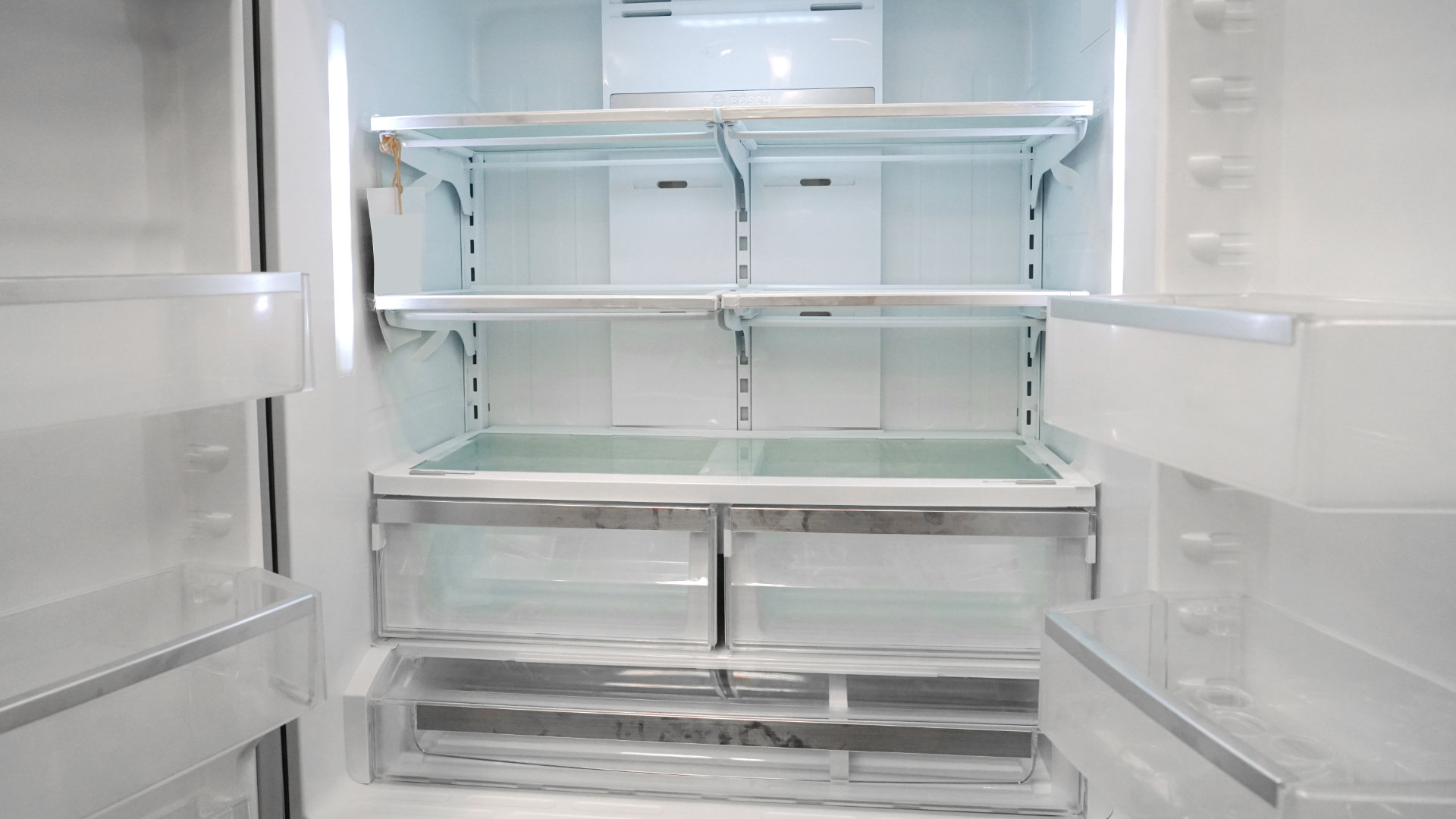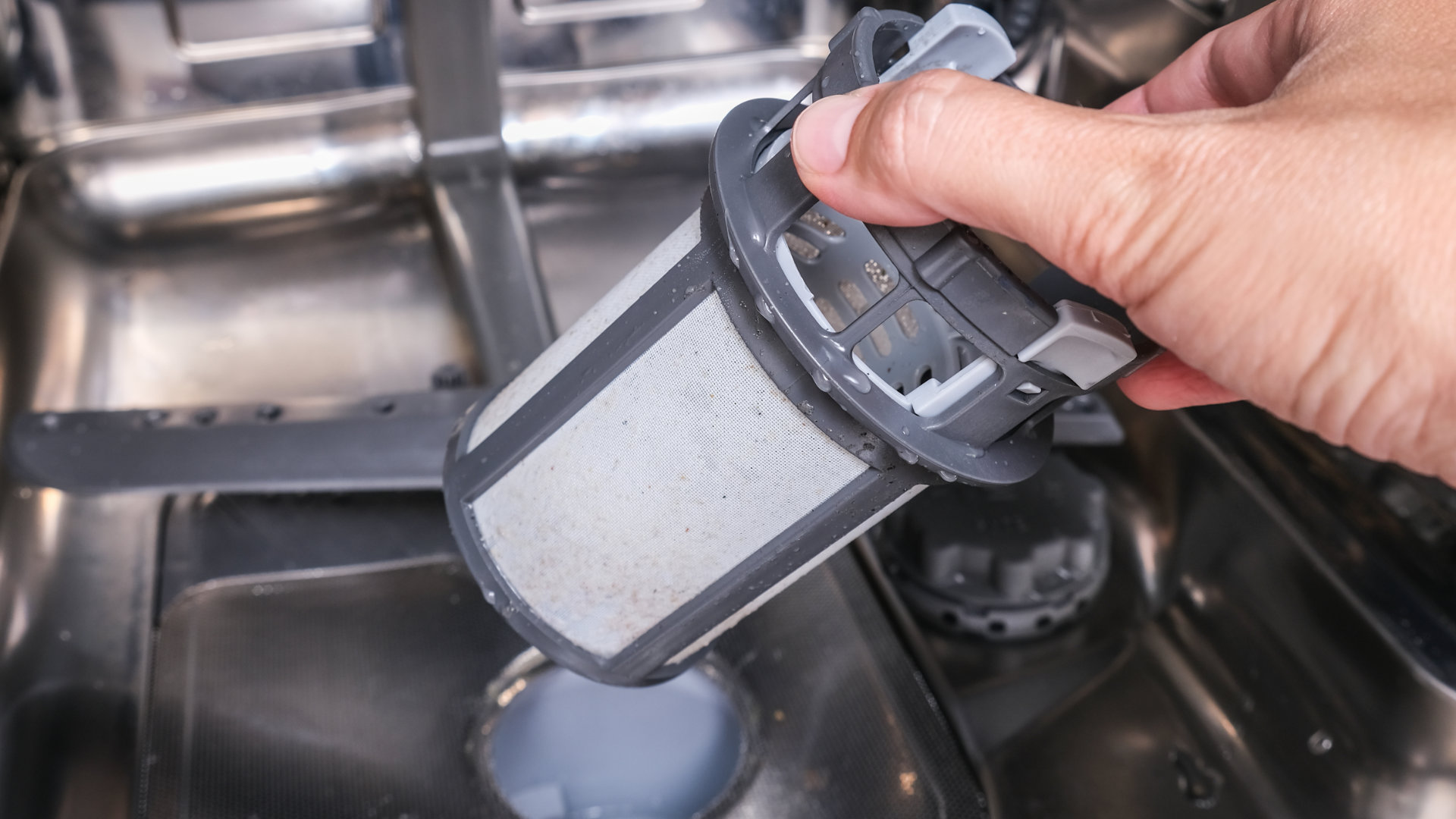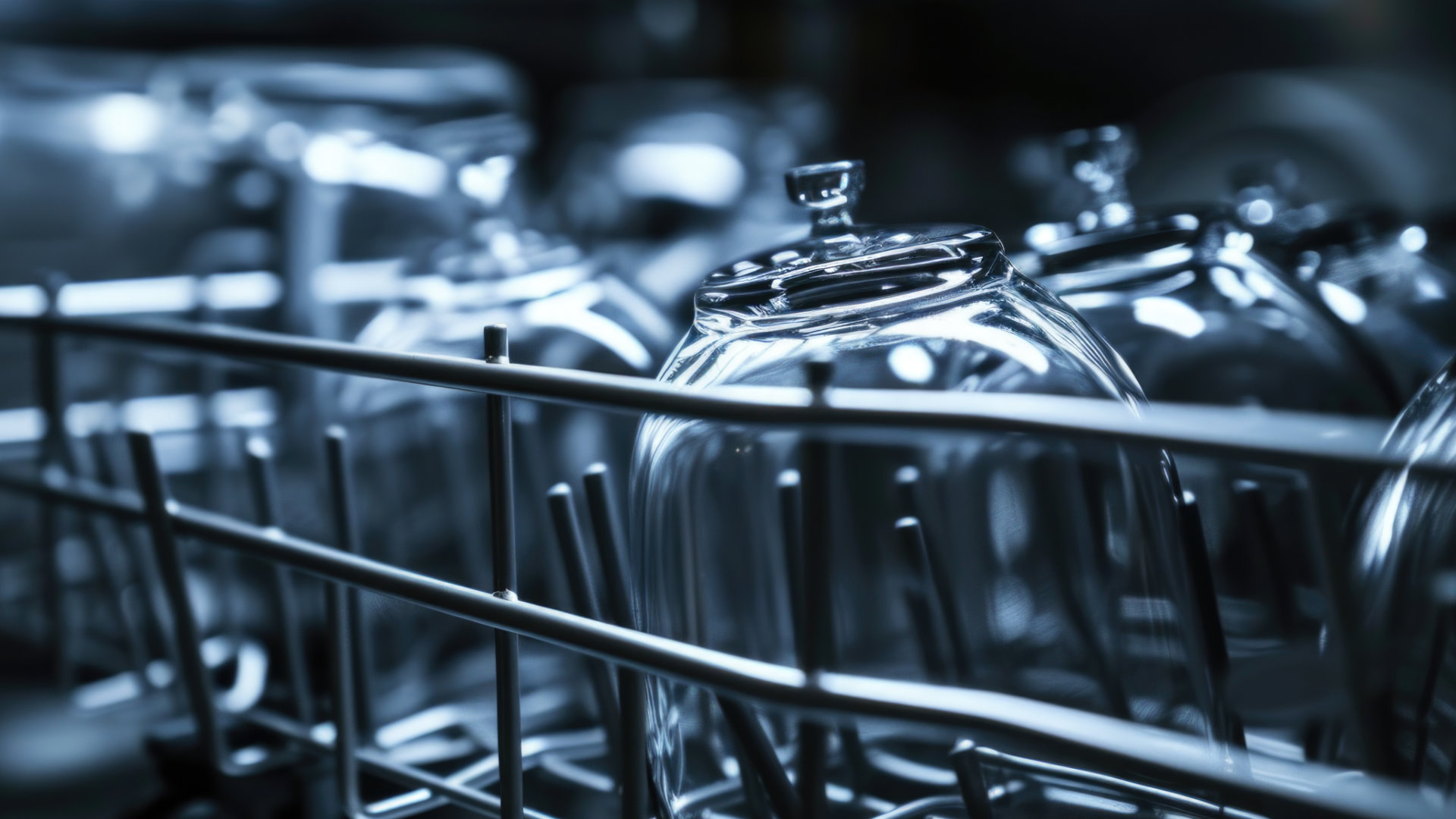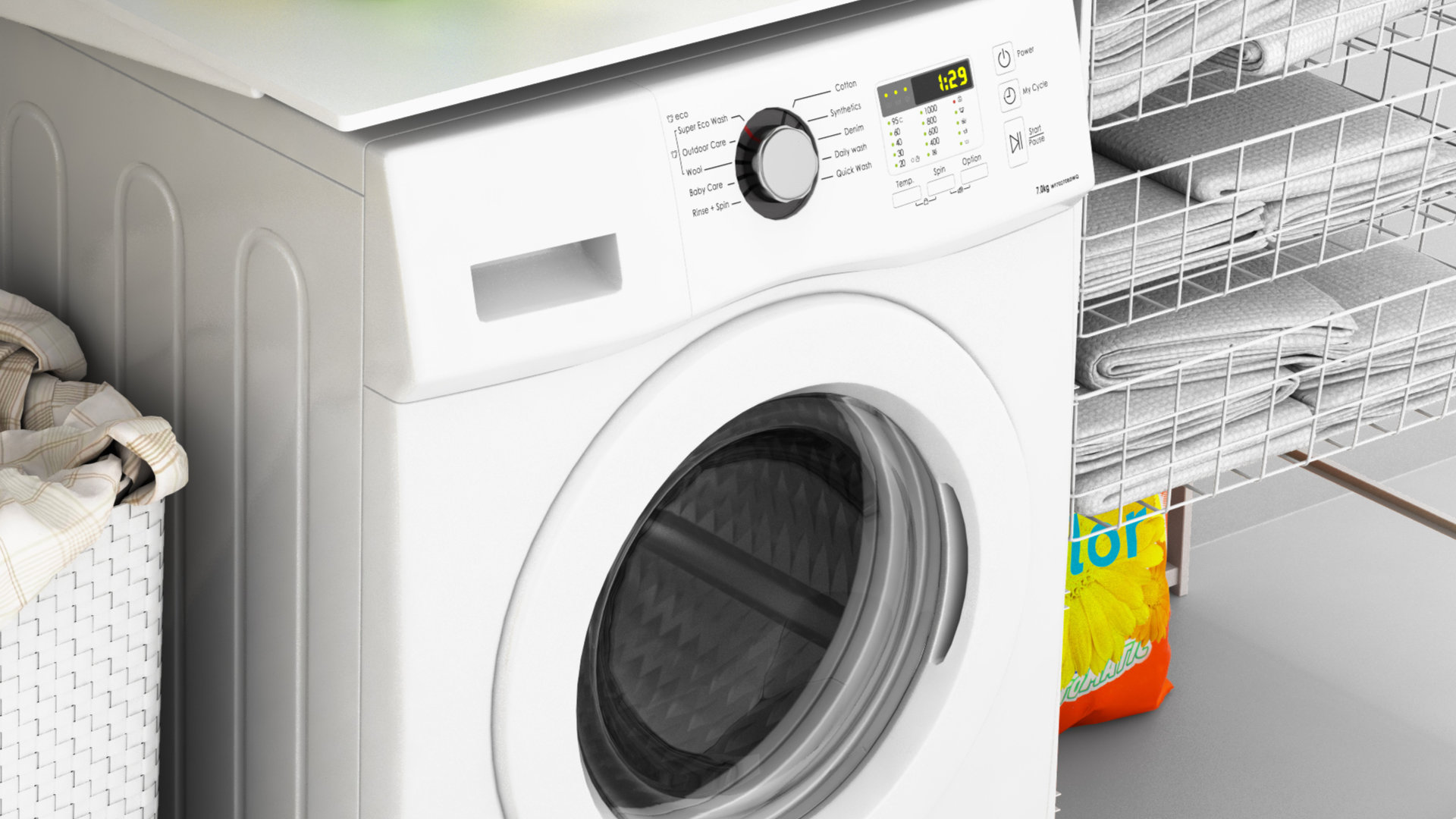
If your dryer is not spinning, it is most likely one or multiple components in your dryer are faulty and will need to be repaired or replaced.
In this article, we will give you step-by-step instructions for how to check each of the likely causes so you can fix them.
The Drive Belt
The first component to check is the drive belt. The drive belt helps the dryer drum to spin, and when it becomes faulty or breaks, your dryer will stop spinning.
Here’s how to check the drive belt:
- Open the dryer lid and attempt to turn the drum around manually.
- If the drum turns around easily without any resistance, this is a good sign it is broken and will need to be replaced. If there is some resistance when you turn the drum, this means it is working fine, and you can move on to checking the next component.
- To confirm the drive belt is broken and needs to be replaced, you need to take the top and side panels off the dryer and inspect the belt. If you confirm it is broken, it will need to be replaced.
The Drum Rollers
If the drive belt is not the cause of the problem, the next component to check is the drum rollers. Most dryers have two rollers that help the drum to rotate. When they become defective, your dryer won’t be able to spin correctly.
To check the drum rollers, you need to:
- Attempt to turn the dryer drum around manually – it should be able to turn freely around without being obstructed. If it turns around freely, this is a good sign the rollers are ok, so you can move on to checking the next component.
- If the dryer cannot turn around freely, you will need to turn the power off to the dryer, and if you haven’t already, you’ll need to remove the top and side panels.
- Inspect the drum rollers for any signs of wear and tear (you may need to remove the drive belt from the dryer to access the rollers).
- If any of the rollers are worn out, you will need to replace all of them (not just the worn-out ones). The roller shaft doesn’t have to be replaced if it isn’t worn out, but give it a good clean before you install the new rollers.
The Drum Roller Axles
Most dryers have two drum support rollers on the rear of the drum, and in some makes and models, there are also two rollers on the front of the drum. When the axles wear out, the rollers can start to bind, and this will stop the dryer from spinning.
Here’s how to check the drum roller axles:
- Make sure the power is still switched off to the dryer, and remove the top and side panels if you haven’t already.
- Remove the belt from the dryer.
- Attempt to turn the dryer drum by hand. If the drum rotates around without the rollers wobbling, the rollers are not faulty, and you can move on to checking the next component. However, if the drum does wobble, you will need to inspect the rollers and axles for any signs of wear and tear and replace them if necessary.
The Drum Bearing
The next component to check is the drum bearing. The drum bearing helps to support the rear of the dryer drum, and when it wears out, your dryer might not be able to spin around correctly.
Here’s how to check the drum bearing:
- Remove the belt from the dryer (if you haven’t already).
- Try to turn the drum around manually.
- If you can spin the drum around freely, this is a good sign that the drum bearing is not worn out, and you can move on to checking the next component. However, if it makes a squealing or grinding noise when you turn the drum, you will then need to inspect the drum bearing to see if it is worn out and needs to be replaced.
- If the bearing is worn out, replace it.
The Drum Glides
The next component to check is the drum glides (sometimes called slides). The drum glides are small, plastic components that support the front of the dryer – when the drum spins around, the drum glides on them. If they get worn out or break, the drum can start to bind, which puts pressure on the dryer motor, ultimately making the dryer switch off.
To check the drum glides, you need to:
- Locate the drum glides (check your manual if necessary). You will need to remove the top and side panels of the dryer if you haven’t already.
- Once located, check the drum glides for any signs of wear and tear.
- If they are worn out or broken, you will need to replace them. If they are fine, you can move on to checking the next component.
The Idler Pulley
The next component to check is the idler pulley. The purpose of the idler pulley is to help the drive belt rotate around. When it gets damaged or worn out, the dryer might not be able to spin correctly.
To check the idler pulley, you need to:
- Locate the idler pulley (check your manual if necessary). You will need to remove the top and side panels of the dryer if you haven’t already.
- Once located, check that the idler pulley spins freely on the shaft and is not obstructed in any way. Also, check the pulley for signs of wear and tear.
- If the pulley is worn out, damaged, or stuck, it will need to be replaced along with the drive belt.
The Drive Motor
The next component to check is the dryer’s drive motor. The drive motor powers the drum and the blower wheel to rotate around. When the motor becomes defective, the dryer will stop spinning correctly.
To check the drive motor, you need to:
- Turn the dryer on a cycle, and check if you can hear a humming sound coming from the motor.
- If you hear a humming sound, you will have to remove the drive belt from the motor and check the blower wheel for any signs of obstructions.
- If there are no obstructions, try to move the drum around manually. If the drum can move around freely and nothing is obstructing the blower wheel, consider replacing the drive motor.
The Dryness Control Board
If you still haven’t found the cause of your dryer not spinning, your final option is to consider replacing the dryness control board. The dryness control board turns your dryer off when it deems your clothes to be dry. If it becomes defective, it will turn your dryer off incorrectly. The control board very rarely becomes defective and is difficult to test, so if you have tested all of the other components above, you should consider replacing the dryness control board.

How to Reset a Whirlpool Refrigerator Ice Maker

6 Reasons Your LG Refrigerator Is Not Making Ice

Kenmore Fridge Ice Maker Not Working? 5 Ways to Fix It

How to Remove Fish Smell from Your Refrigerator

How To Fix Bosch Dishwasher E24 Error

Troubleshooting a Whirlpool Dishwasher Not Draining

Why Is Your Fridge Water Not Working, but Ice Is?

How to Fix the E15 Bosch Dishwasher Error Code

How Much Power Does a Microwave Use?

How to Properly Clean Refrigerator Coils

How to Fix an LG Washer Showing OE Error Code

Troubleshooting a GE Dishwasher with No Power and No Lights

10 Reasons Why Your Bosch Dishwasher Won’t Start

Troubleshooting the F5 Error Code with a Maytag Washer


